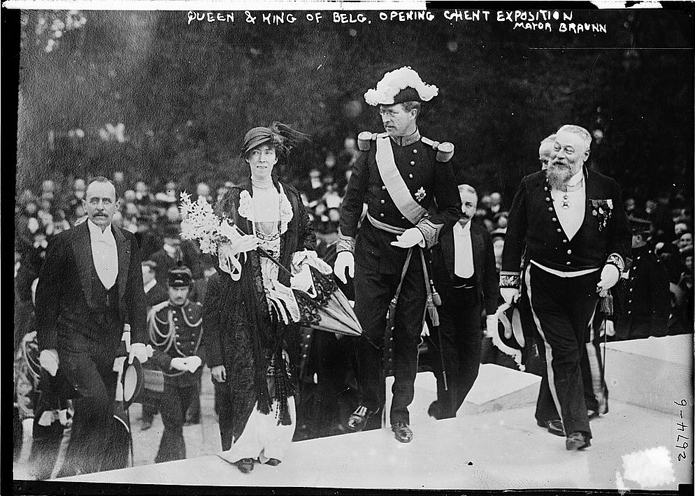
Symposium: Transnational History of Museums
The museum as a temple of muses, custodian of cultural heritage, site of memory or space for the mediation of taste and knowledge? Symposium: Transnational History of Museums, February 17 – 18, 2012 at the Technische Universität Berlin.
Temple of muses, custodian of cultural heritage, site of memory, space for the mediation of taste and knowledge: The functions of the museum are manifold and are given different emphases, depending on the type of museum and the disciplinary outlook. However, the argument that the institution is a major venue for the construction of national identity has recurred again and again since the first royal collections were opened to the public around the middle of the eighteenth century. Indeed, the number of museum foundations was particularly high in Europe during the nineteenth century, when the modern nation-state was being established. Yet the tight linkage between nation-building and the birth of public collections has increasingly been called into question by recent scholarly work on the history of museums. Instead, local traditions have been stressed or international comparisons have been drawn upon in order to explain policies of collecting, the display of exhibits or the architectural design of individual galleries.
The aim of the planned conference is to go beyond the national framework in analyzing the institution of the museum. It offers an invitation to reflect from a transnational perspective upon the purposes and concepts of museums, museum practices, and the perception of museum culture. Which models from abroad were imported by museum representatives in order to give their own collections a certain profile? To what extent were “foreign” principles of order and hanging appropriated? Can the international networks on which museum experts relied be reconstructed? How can we describe the activities of commissions that were assigned to explore the organisation of museums beyond their geographic borders? Did an internationally inspired taste have any influence on the planning, the architectural settings or the compositions of collections? Do documents such as letters, travelogues or diaries written by museum visitors give concrete indications of a comparative, transnational perception?
Central to the conference is the discussion of the museum as a space of, even product of, cross-border processes of exchange and transfer. Seen from this angle, an examination of the museum of art, in particular, is to be carried out, also taking into account archaeological and historico-cultural collections, arts and crafts museums and the so-called universal museums inside and outside of Europe. Chronologically, the conference sets in around 1750, at that point in history when there was a gathering momentum of the crucial characteristics of the modern museum of art still familiar today: public access, an independent exhibition space or building, the application of scientific principles of order, or didactic aspirations. A second chronological benchmark ? before the caesura of World War II ? is the conference that took place in Madrid in 1934. For the first time, museum experts from all over the world came together and thus made the museum, as such, very literally the pivotal subject of intense international discussion.
Museology /